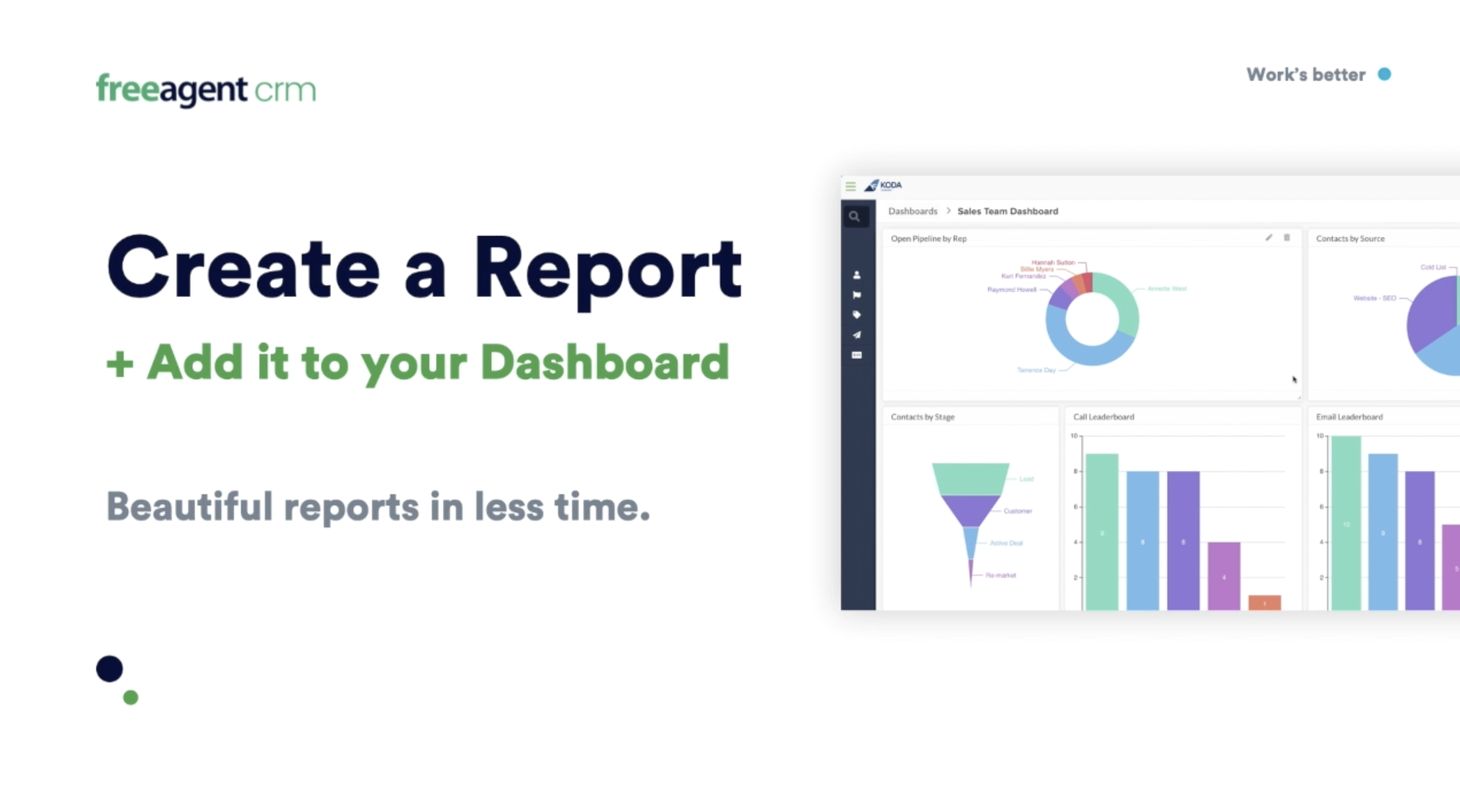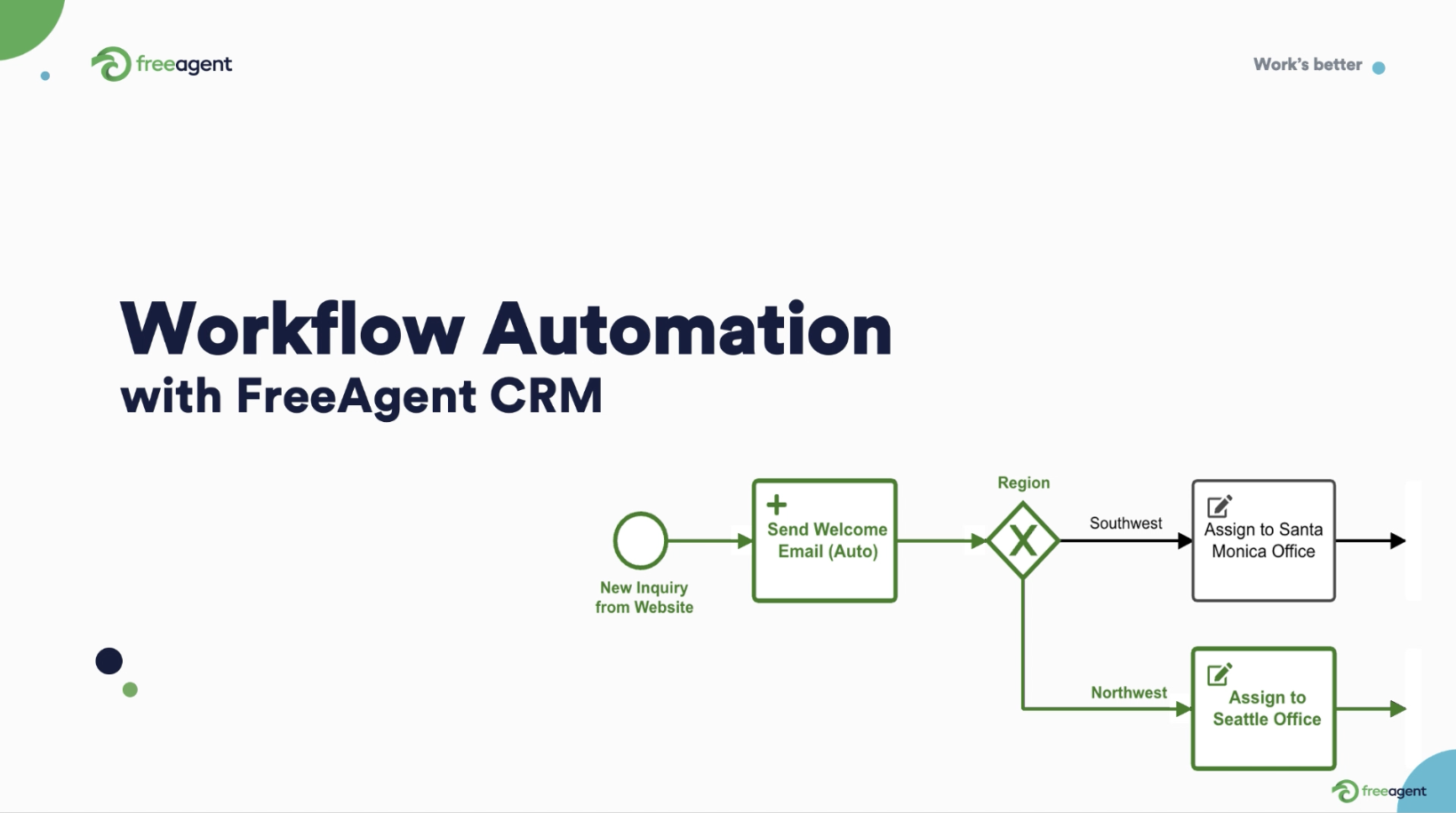Customer feedback is essential for any business that seeks to grow and retain its customer base.
However, collecting, organizing, and analyzing customer feedback can be challenging for companies of all sizes.
Fortunately, CRM platforms (customer relationship management) provide a comprehensive solution to this problem.
With a CRM in place, businesses can collect and analyze customer feedback in real-time, gaining valuable insights into their customers’ experiences and preferences.
This article will explore how a CRM can be used to analyze customer feedback and provide actionable insights to drive business growth and customer satisfaction.
What is customer feedback analysis and why is it important?
Customer feedback analysis is the process of collecting, organizing, and analyzing customer opinions, thoughts, and suggestions about a product, service, or brand.
Customer feedback analysis aims to understand customer needs, wants, and expectations and use this information to make informed business decisions.
The process of customer feedback analysis involves several steps, including:
- Data collection
- Data cleaning and preparation
- Data analysis
- Report generation.
CRM tools can automate and simplify the process, making it easier for businesses to collect, organize, and analyze customer feedback and turn it into actionable insights.
The information gathered through customer feedback can be used to:
- Improve products and services
- Enhance the customer experience
- Increase customer satisfaction and loyalty
- Drive business growth


Collecting customer feedback
A CRM can help you collect feedback from various customer communication channels and centralize it for deeper, more comprehensive analysis.
Some of the most common ways to collect customer feedback include:
- Surveys- CRM systems can integrate with survey tools to send out surveys to customers, either through email, in-app pop-ups, or on-site forms. The results can be automatically imported into the CRM and analyzed in real-time.
- Customer service interactions- CRM platforms can capture customer feedback through phone calls, chat sessions, and email communications. This feedback can be tagged and categorized, allowing for easy analysis and reporting.
- Reviews- Modern CRMs can integrate with review platforms to gather customer feedback from online review sites.
By using a CRM to collect customer feedback from a variety of sources, businesses can ensure that they are hearing from as many customers as possible.
Organizing customer feedback
A CRM can be used to organize customer feedback in several ways, including:
- Categorization- CRM platforms allow businesses to categorize customer feedback based on topics such as product features, customer service interactions, or specific areas of concern. This makes it easier to analyze feedback and identify trends and patterns.
- Tagging- CRM systems can allow businesses to tag customer feedback with keywords and labels, making it easy to search and sort feedback based on specific topics or themes.
- Segmentation- CRMs can segment customer feedback based on demographic information, such as age, location, and purchase history, allowing for a more targeted analysis of customer feedback.
By using a CRM to organize customer feedback, businesses can ensure that they have a clear and accurate view of customer sentiment, making it easier to analyze the feedback and take action.


Analyzing customer feedback
A CRM can simplify and improve the analysis of customer feedback through:
- Standardization- A CRM can map data from different sources and convert that data to a standardized format automatically. This can help you identify trends in the data quickly and easily.
- Enrichment- A CRM platform contains a wealth of customer information, such as demographic data, purchase history, and interaction history. This data can be used to gain a better understanding of different customer groups and their feedback.
- Reporting- CRM reporting transforms data into easy to digest visualizations like dashboards and charts that simplify analysis and reveal patterns.
CRM reporting also allows you to track performance over time so you can better evaluate the success of product developments, service changes, and process refinements.
Overall, a CRM makes the analysis of your customer feedback simpler, faster, and more accurate.
FreeAgent CRM can help you collect, organize, and analyze customer feedback
FreeAgent CRM can help you use customer feedback to provide better products, services, and customer experiences. FreeAgent does this by offering:
- Robust integration- FreeAgent’s open API and extensive integration library allows you to collect data from a variety of sources and standardize and centralize that data for deeper analysis.
- User-configuration- With FreeAgent, you can add form fields, customize reports and dashboards, and set up automated workflows yourself, without the need for outside support.
- Ease of use- FreeAgent CRM is intuitive and modern, so your team will love to use it. Higher adoption leads to greater data accuracy and process alignment so you can gain deeper insights and implement changes more effectively.
To see FreeAgent in action, get a demo, and discover for yourself how we are leading the way to a better workday.







